I have been using Twitter and StockTwits for approximately two months and have highlighted 18 different stocks. Of the 18 stocks, 15 are currently showing a gain and 3 are showing a loss for an average gain of 20% per position. I only analyze stocks that I am about to buy/sell or would possibly buy/sell. I don’t talk about any old stock for the sake of posting tweets and wasting people’s time.
The average gain of the stocks showing a profit is 26%.
The average loss of the stocks showing a loss is 11% (-5%, -8% and -21%).
The top performing position is DXO, currently up 65% with a peak gain above 70%. Following DXO is EJ at 56%, STAR at 50%, RVBD at 40%, FRPT at 32%, ARST at 26% and V & VMW tied at 25%.
Visa (V) has appeared the most with a total of eight mentions (I may be biased since it’s my largest personal holding). DXO has also been an active play of mine since 2008 so it has been the second most popular ticker in my tweets, appearing five times over the past two months (DXO first appeared on this blog last November as a speculative oil play).
I would like to emphasize that the stock down 21% (APEI) would have been cut for a smaller loss using simple money management tools but for purposes of this update, we’ll assume everything is still being held.
Below is the list of stocks highlighted on my Twitter account, listed in date order (starting on March 31, 2009):
- HTS: +7%, $26.15 from $24.35 on 3/31/09
- V: +25%, $69.28 from $55.60 on 3/31/09
- VMW: +25%, 32.59 from $26.12 on 4/1/09
- RVBD: +40%, $21.52 from $15.37 on 4/2/09
- STAR: +50%, $22.45 from $15.00 on 4/5/09
- CXO: +14%, $31.90 from $27.96 on 4/5/09
- DXO: +65%, $4.48 from $2.72 on 4/20/09 (1st posted on 4/6/09 at $3.07)
- EJ: +56%, $16.78 from $10.79 on 4/9/08
- ARST: +26%, $18.19 from $14.46 on 4/9/09
- FRPT: +32%, $9.36 from $7.09 on 4/13/09
- WMZ: +12%, $19.85 from $17.70 on 4/14/09
- CTCT: +10%, $20.14 from $18.36 on 4/20/09
- TNDM: +15%, $30.78 from $26.81 on 4/20/09
- CFL: +11%, $30.60 from $27.50 on 4/26/09
- PAR: +3%, $11.27 from $10.94 on 6/2/09
- APEI: -21%, $34.56 from $44.00 on 4/2/09
- MDAS: -5%, $15.90 from $16.79 on 4/23/09
- MELI: -8%, $23.62 from $25.60 on 5/12/09
If you haven’t joined already, take the few seconds to follow me on Twitter as the bulk of my analysis appears there weekly, if not nightly.
P.S. – the bragging title of this post probably signals a short term top in the market! As I wrote yesterday:
“The main purpose of the stock market is to make fools of as many men as possible.” – Bernard Baruch
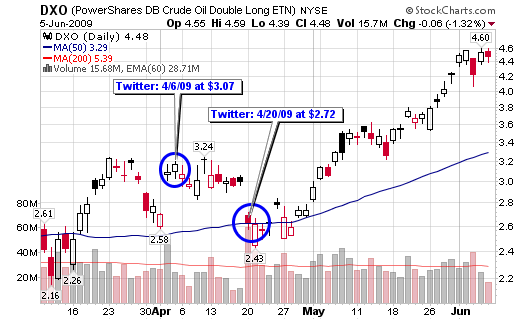
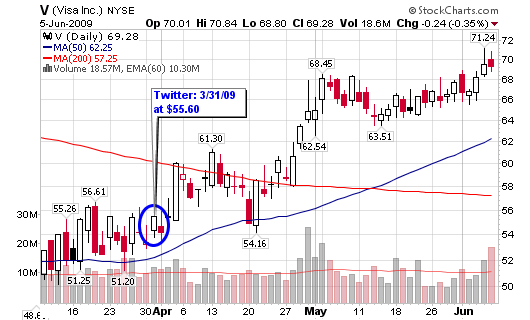
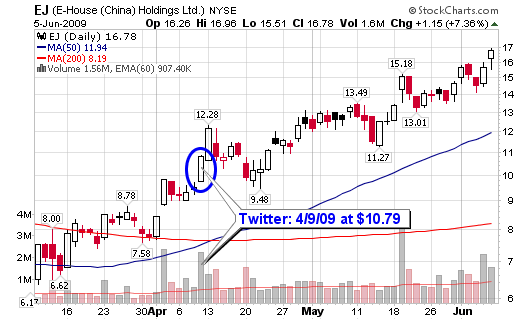
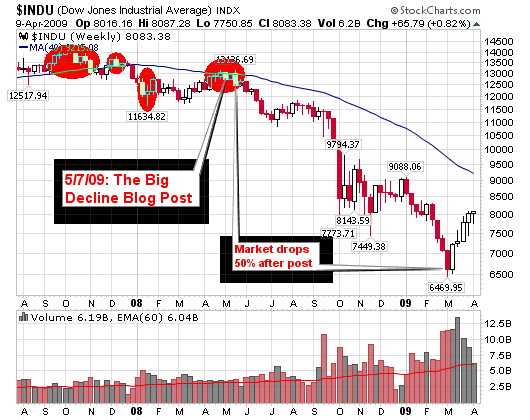


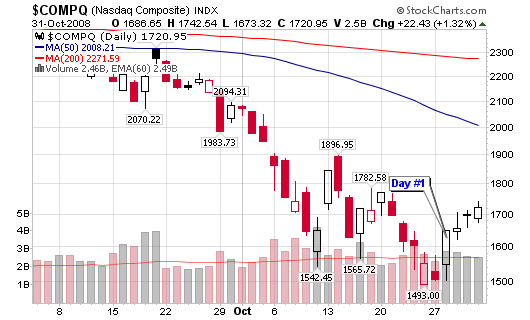
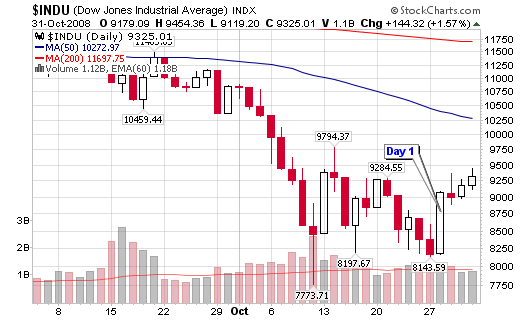
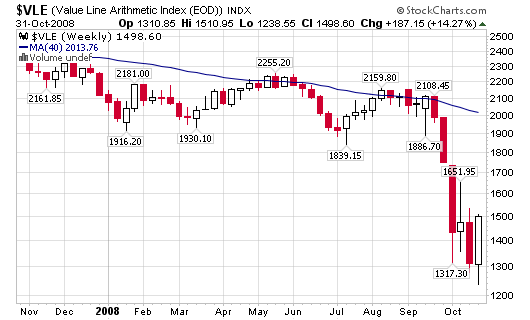

Connect with Me